Cats have long been companions to humans, their mysterious nature fostering an array of beliefs and superstitions across cultures. Such myths either embrace cats as omens of good fortune or condemn them as harbingers of doom. This article delves into eight intriguing superstitions about cats from around the world, reflecting societies’ fascination with these enigmatic creatures.
The Duality of Cats: Good Luck or Bad?
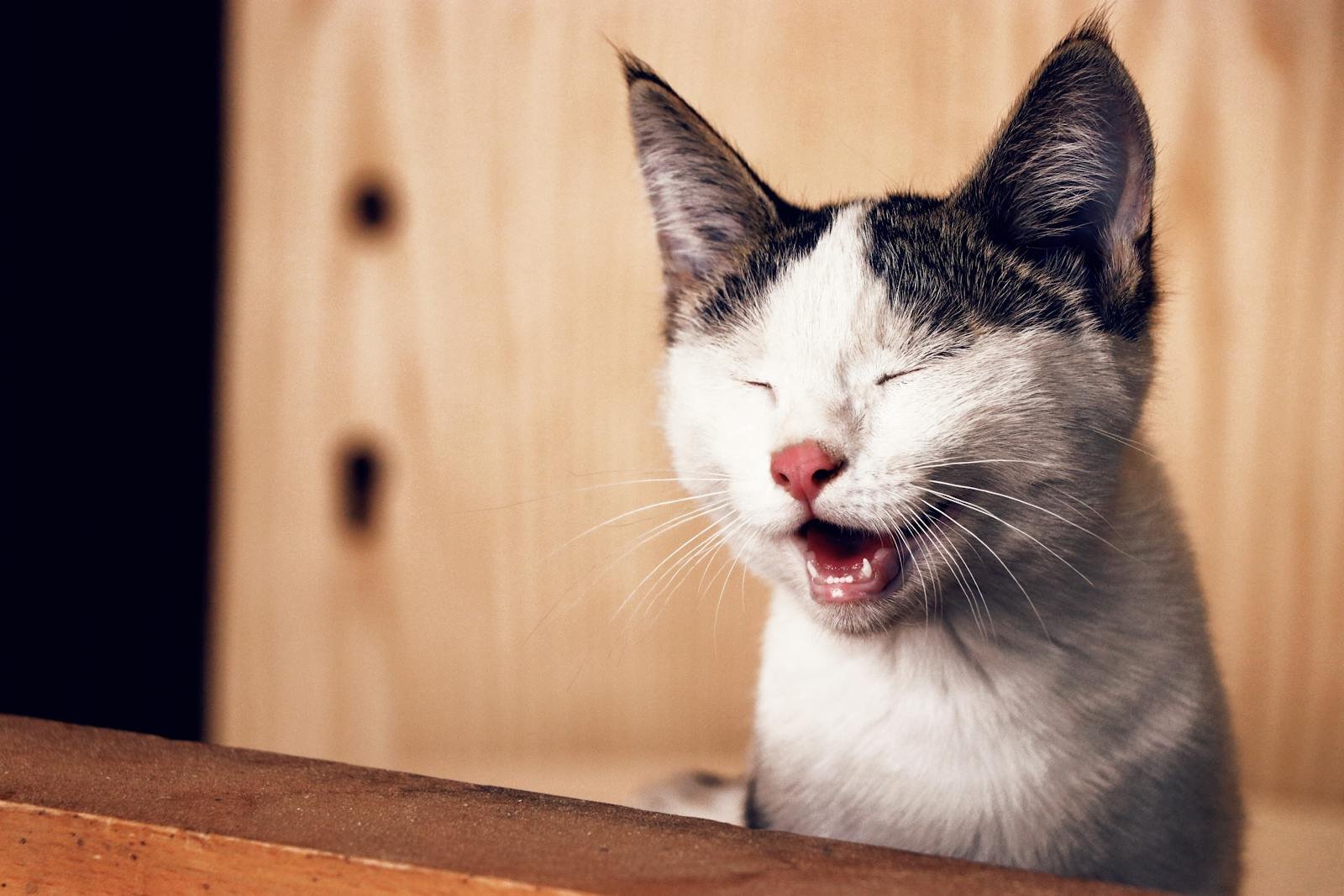
Throughout history, cats have been viewed through a dual lens, perceived as symbols of both good and bad luck. In many cultures, the color of the cat and the circumstances under which it is seen often determine its symbolic meaning. These contradictory beliefs reveal much about cultural attitudes and superstitions surrounding the mysterious feline.
Black Cats: The European Harbinger of Misfortune
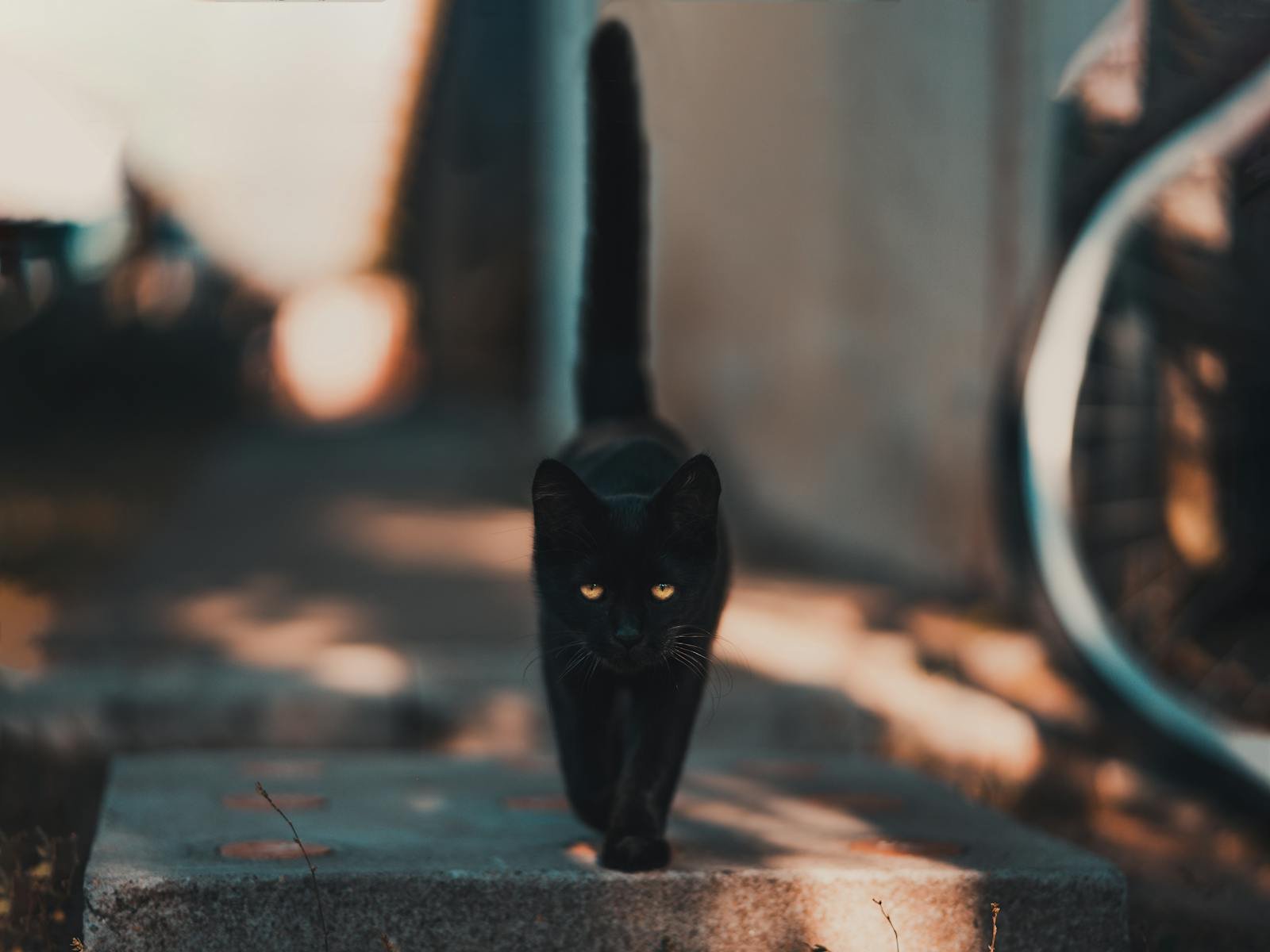
One of the most enduring superstitions in Western culture is the belief that black cats are bad luck. This notion likely has its roots in the Middle Ages when black cats were associated with witches and evil spirits. The Nighttime appearance of a black cat was frequently considered an omen of bad fortune, a notion that persists in many parts of the world today.
Japanese Maneki-Neko: Beckoning Luck and Prosperity
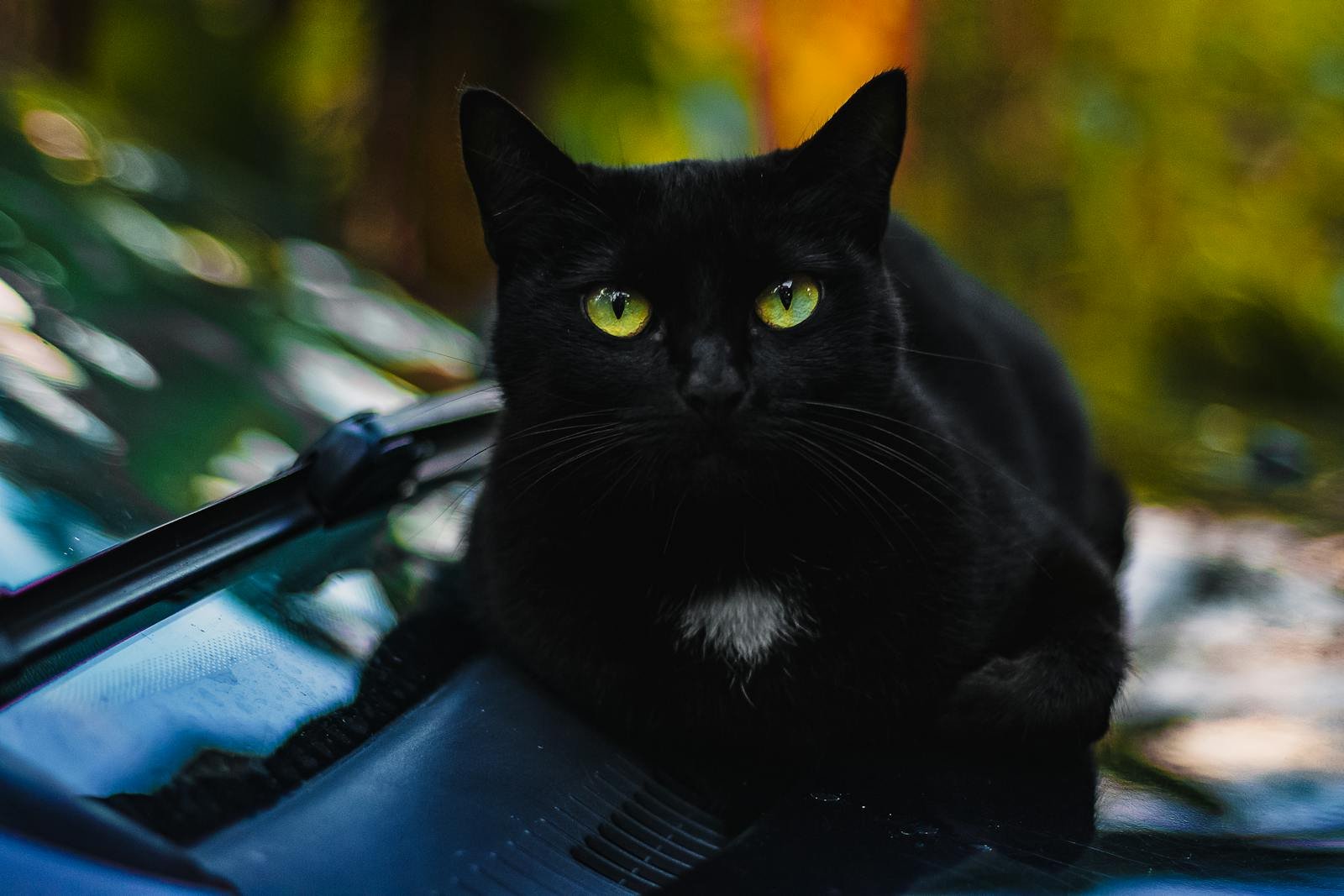
In contrast to the European view of black cats, the Maneki-Neko or “beckoning cat” in Japan is a symbol of good luck and fortune. This figurine, often found in homes and businesses, depicts a cat raising a paw as if waving in prosperity. The Maneki-Neko is typically adorned in different colors, each signifying various forms of blessings like wealth, health, or familial happiness.
Norse Mythology: Freyja’s Sacred Companions
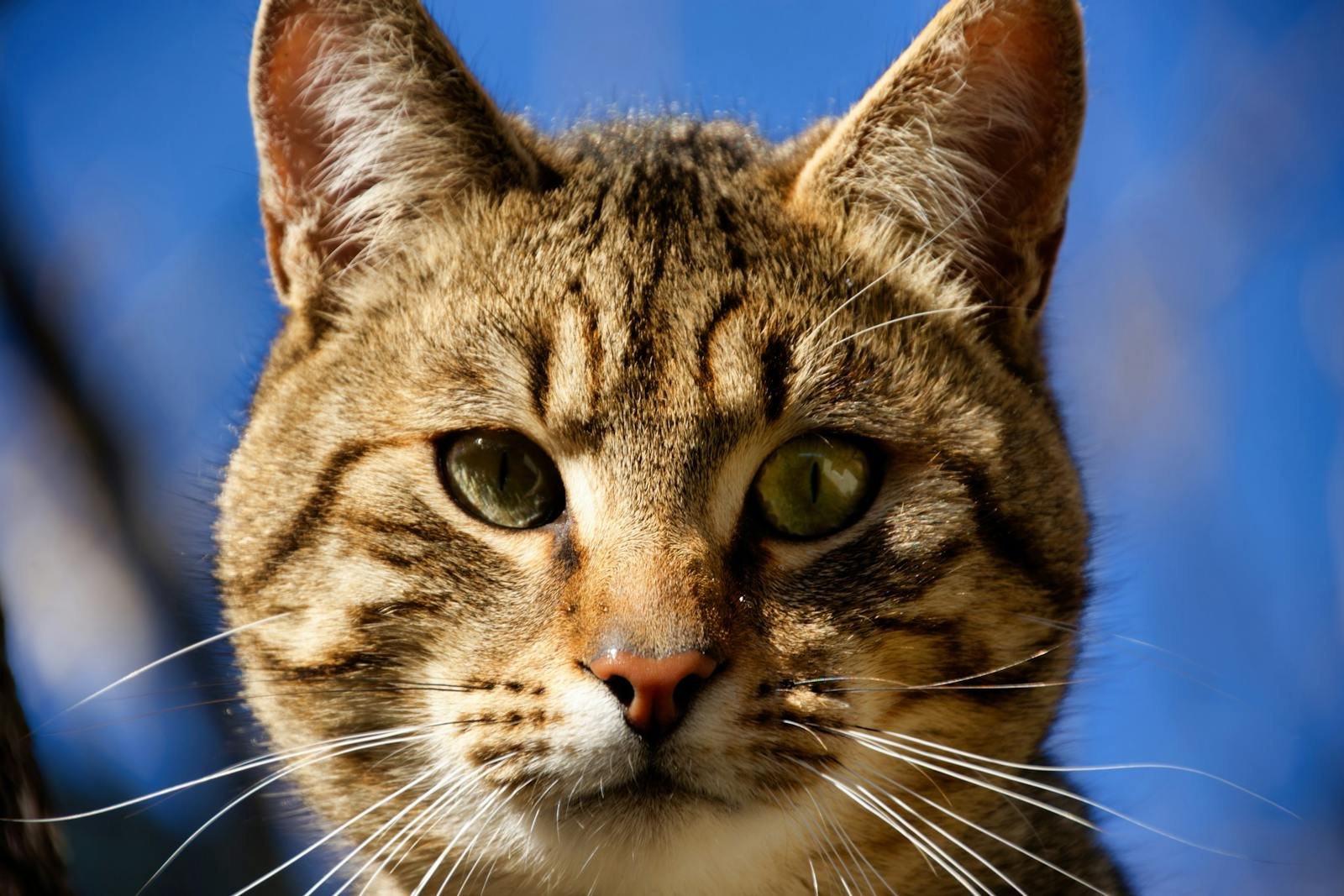
In Norse mythology, cats were sacred animals associated with Freyja, the goddess of love, fertility, and seiðr (a form of magic). Cats were believed to pull her chariot, embodying divine favor in agriculture and domestic life. As such, Norse farmers often regarded cats as protectors of the home and harbingers of a good harvest.
Islamic Tradition: The Prophet Muhammad’s Fondness for Cats
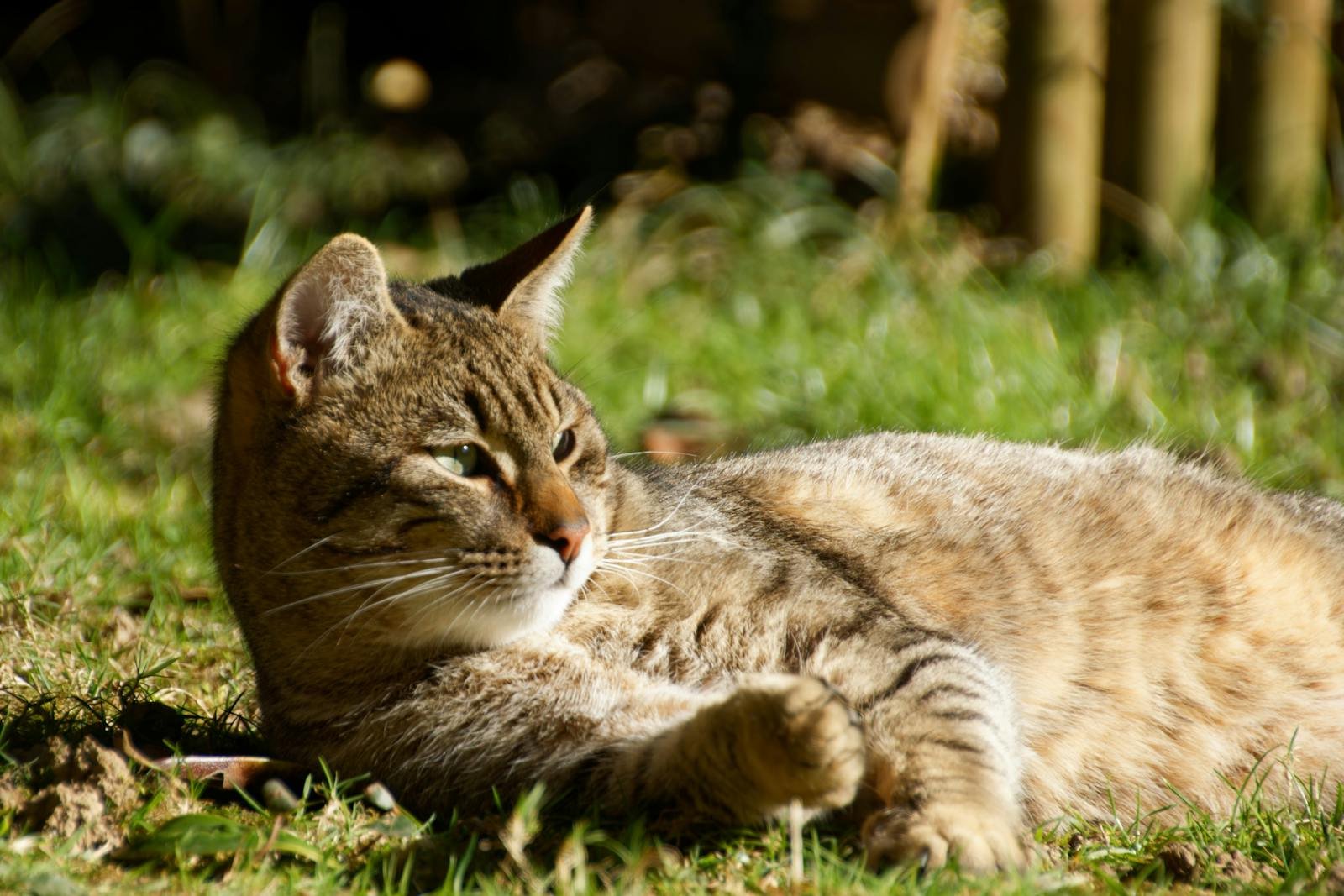
In Islamic culture, cats are esteemed animals revered for their cleanliness and association with the Prophet Muhammad. According to Hadith (sayings of Prophet Muhammad), he had a favorite cat named Muezza and displayed great affection and care towards feline creatures. This reverence contributes to the wide acceptance and positive view of cats in many Muslim-majority countries.
Ancient Egypt: Deities and Protectors
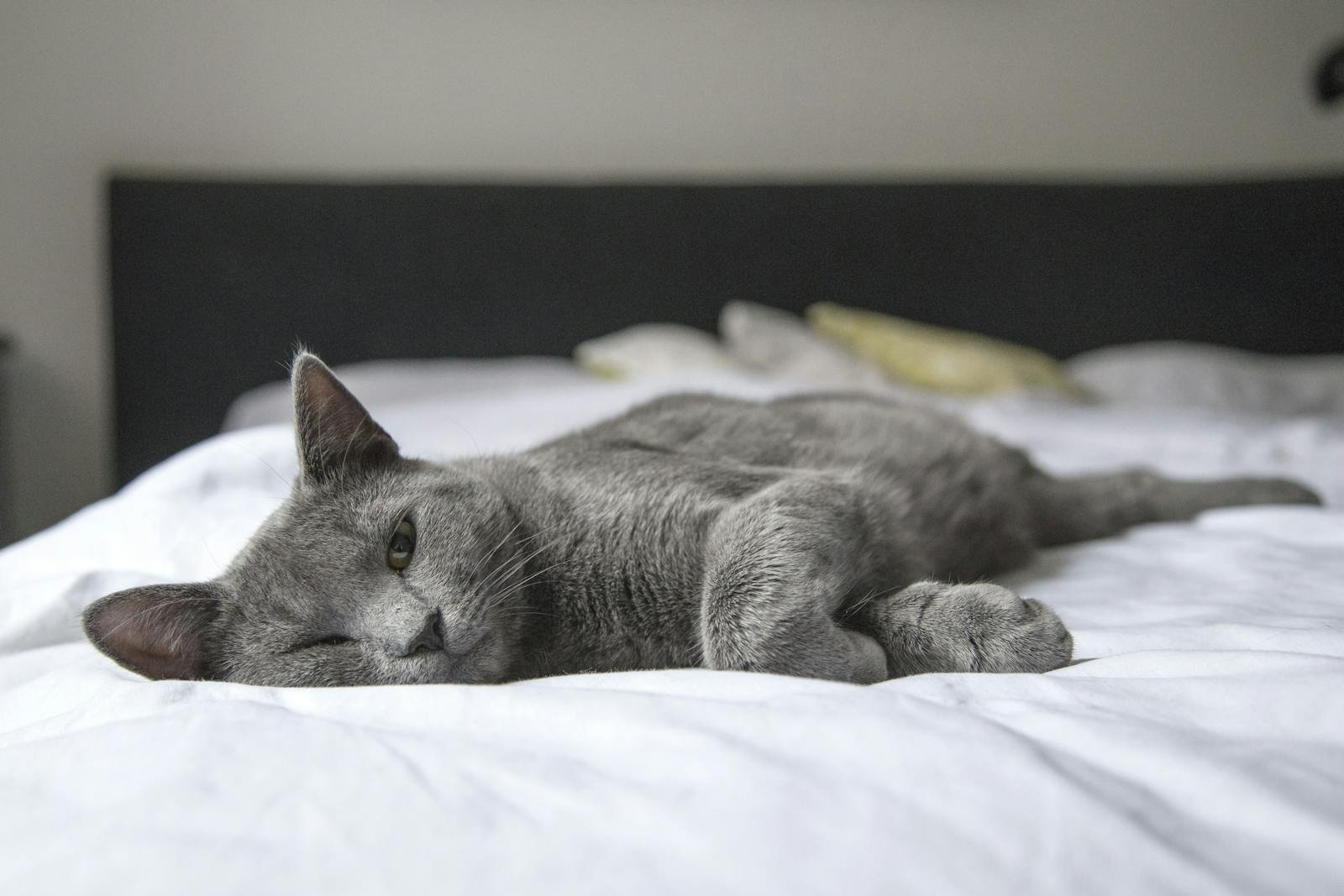
Cats were deeply respected in ancient Egyptian civilization, often associated with the goddess Bastet, who symbolized home, fertility, and protection. Egyptians revered cats so much that harming them was a punishable offense. Cats in Ancient Egypt were also seen as protectors of the pharaoh and were often mummified and buried alongside their owners.
Celtic Traditions: The Mysterious Cait Sidhe
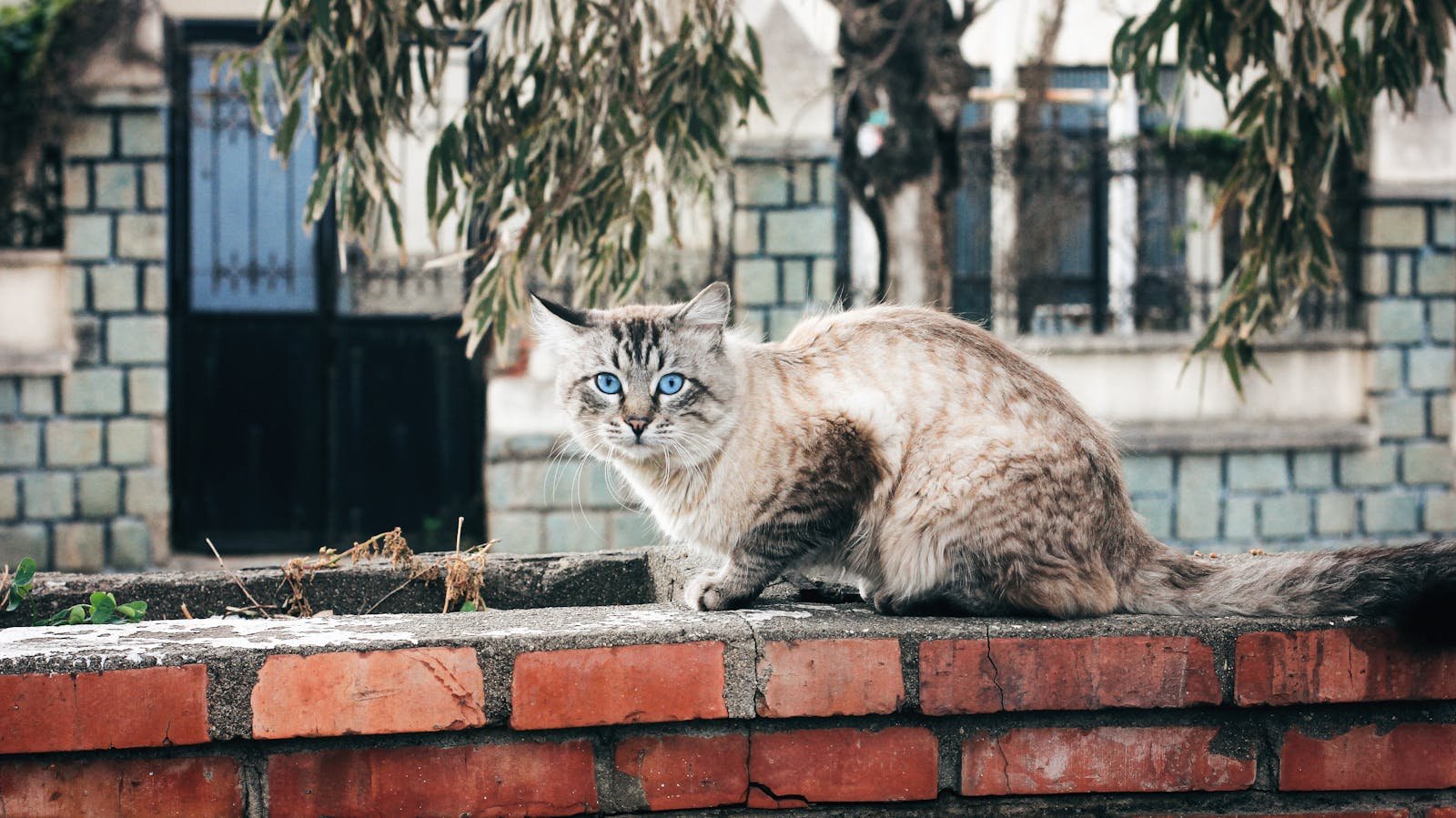
Celtic folklore speaks of the Cait Sidhe, a fairy creature that takes the form of a large black cat with a white spot on its chest. Believed to roam the Scottish Highlands, the Cait Sidhe was often associated with the supernatural and believed to possess the ability to steal the souls of the dead before their burial rituals were complete. This led to various protective measures in folklore practice to ward off these spectral cats.
Russian Blue Cats: Good Luck Charms
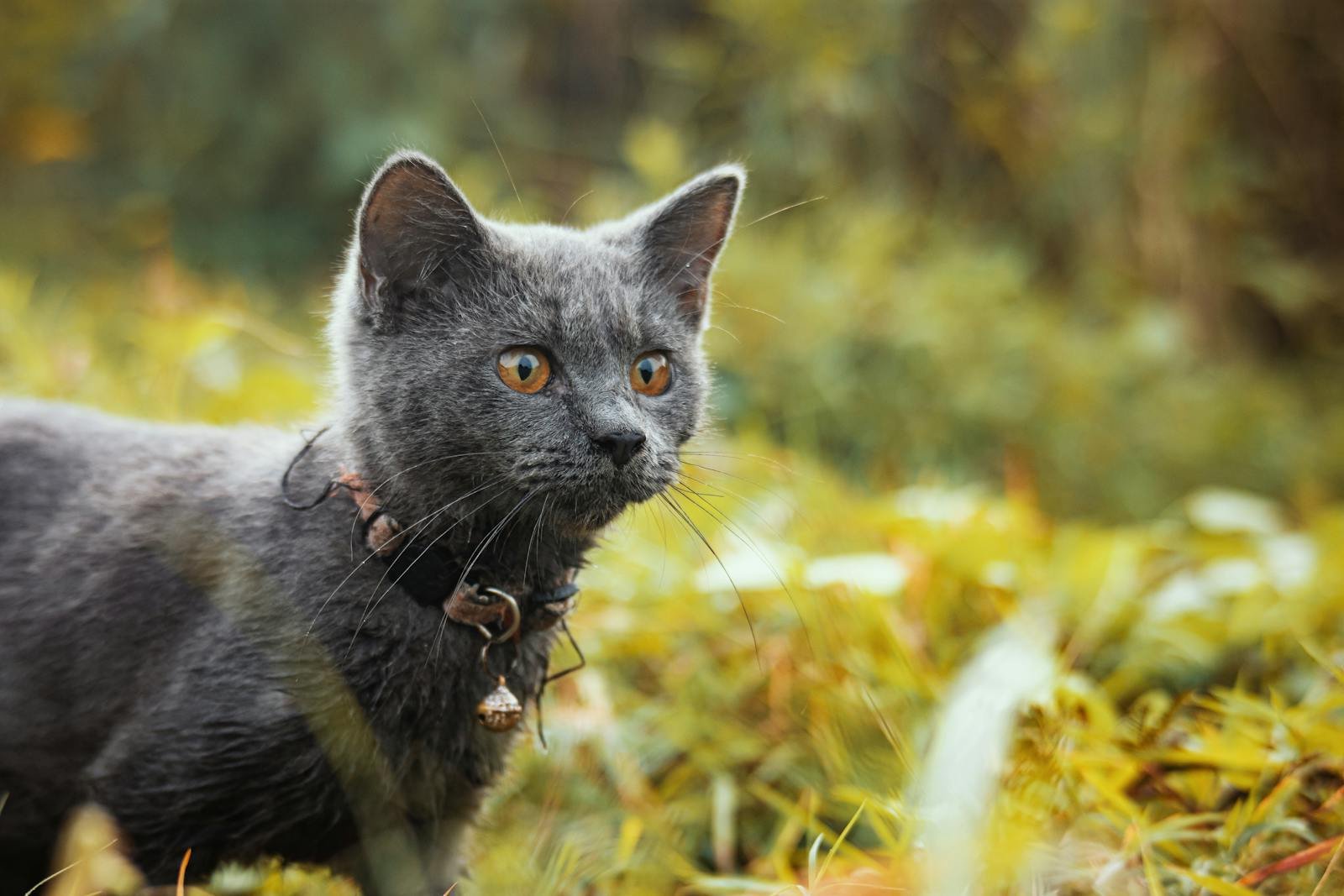
In Russia, blue or gray cats are considered symbols of good fortune. It is believed that having a blue cat in one’s home can bring wealth and success. This superstition has contributed to the esteemed status of the Russian Blue breed, which is often sought after for its reputed luck-bringing properties.
Conclusion: The Cultural Influence of Cats
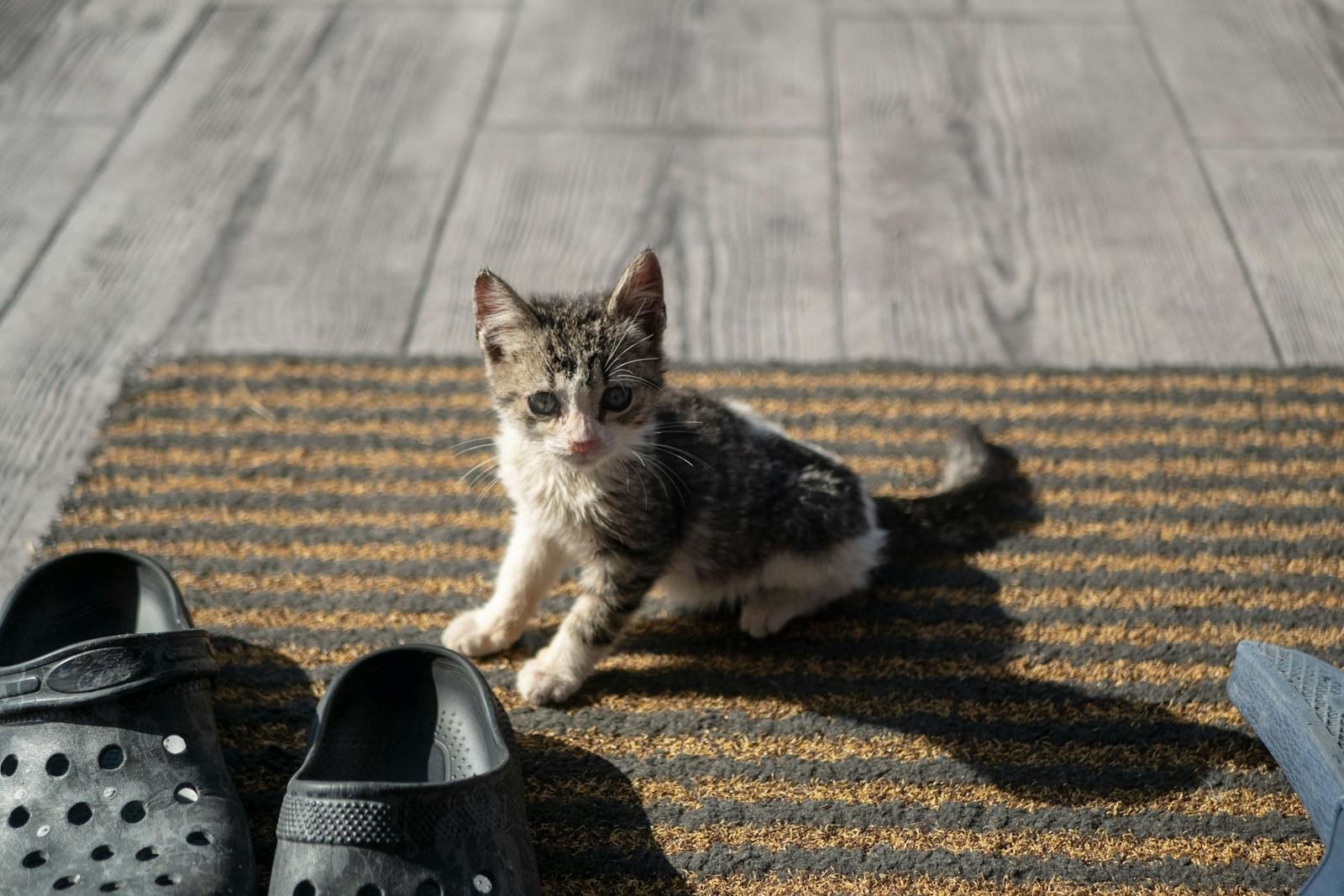
Cats continue to captivate human imagination, with superstitions reflecting both awe and caution. Whether seen as omens of misfortune or harbingers of prosperity, these beliefs underscore the cultural and historical significance of cats around the world. By understanding these superstitions, we gain insight into the complex relationship between humans and these enigmatic creatures that have stretched back thousands of years.
Hi, I’m Bola, a passionate writer and creative strategist with a knack for crafting compelling content that educates, inspires, and connects. Over the years, I’ve honed my skills across various writing fields, including content creation, copywriting, online course development, and video scriptwriting.
When I’m not at my desk, you’ll find me exploring new ideas, reading books, or brainstorming creative ways to solve challenges. I believe that words have the power to transform, and I’m here to help you leverage that power for success.
Thanks for stopping by, Keep coming to this website to checkout new articles form me. You’d always love it!






